Top Spotify Alternatives for Every Kind of Listener
Spotify has its fans, but not everyone feels like it hits all the right notes. Whether you’re looking for better sound quality, different pricing, or just a fresh interface, there are plenty of alternatives. Some are built for audiophiles, others for discovery lovers, and a few simply offer a less crowded experience. Let’s take a closer look at the best tools out there, with something for every kind of listener.
What Are the Best Alternatives to Spotify?
Tidal
If sound quality matters to you, Tidal is likely the first name you’ll want to check out. It’s known for delivering music in uncompressed formats, making each track sound closer to its original recording. Tidal also stands out for its artist-focused model, claiming to give a bigger share of revenue back to musicians. The layout stays clean and user-friendly, with access to curated playlists, music videos, and exclusive releases you won’t find elsewhere.
Apple Music

Apple Music doesn’t try to do anything wildly different. Instead, it just does almost everything right. It covers a huge range of songs, has tight integration with iOS devices, and even lets you upload your own music to the cloud. Spatial audio and lossless formats are now included in the standard subscription, which is a big bonus. There’s also a “Listen Now” section that learns your taste over time, plus curated stations and playlists put together by real people instead of algorithms alone.
YouTube Music
For those who like watching music videos as much as listening to songs, YouTube Music might hit the spot. It has a library that blends official songs with live performances, remixes, and fan-made content you won’t always find on other platforms. One big plus is that it adapts to your YouTube watch history. So, if you’ve been on a certain vibe, expect your suggestions to reflect that. While it might not be the go-to for audiophiles, it’s great for casual listening and discovering versions you wouldn’t come across elsewhere.
Deezer
Deezer keeps things simple but smart. It has a flow feature that builds a never-ending mix based on your habits. Over time, it fine-tunes itself using your likes and skips. Deezer also includes lyrics, so you can follow along, and it has decent podcast support built in. While it doesn’t always get as much attention as the big names, it’s a solid pick—especially for those who want a balance between music discovery and day-to-day listening.
Amazon Music Unlimited
If you’re already part of the Amazon ecosystem, this one might make the most sense. With millions of tracks, lossless audio, and integration with Alexa devices, Amazon Music Unlimited fits smoothly into the daily routine. The interface is clean and fast, and you’ll get access to both trending tracks and lesser-known artists. There’s also a cheaper plan for Prime members, which helps lower the cost without cutting features.
Qobuz
Qobuz doesn’t aim to win everyone. It goes after listeners who care deeply about how music sounds and who like to read liner notes. It offers high- resolution streaming and downloads and often includes in-depth editorial content for albums. You’ll find album reviews, background info, and suggestions based on both your taste and current listening trends. It might not have the flashiest app, but it’s one of the best when it comes to pure sound and content depth.
Pandora
Pandora still has a following, especially among those who want to press play and just let the music roll. Its radio-style setup is ideal for people who don’t want to build playlists or constantly search for new songs. You pick a song, artist, or genre, and Pandora takes it from there. Over time, it learns what you like and gets better at shaping the station to your taste. It’s especially popular in the US, and while it might not match Spotify in features, its simplicity works for many.
SoundCloud

SoundCloud is where you go when you want something different. It’s filled with independent artists, unreleased tracks, remixes, and demos. While the sound quality can vary depending on the upload, the diversity of content is unmatched. It’s not just a streaming platform but also a space for creators to share their work before they hit the mainstream. If you enjoy digging through music and stumbling across a gem no one’s heard yet, SoundCloud is worth a try.
How to Use Tidal: A Quick Guide for New Users
Once you sign up, Tidal asks for your music preferences through a simple genre and artist selection screen. These picks shape your recommendations, playlists, and daily mixes. The app also offers curated sections like “TIDAL Rising” to highlight up-and-coming artists. If you like to make your own playlists, it’s just a matter of tapping the three dots next to any song and choosing “Add to Playlist.” There’s an offline mode, too—download albums or playlists by tapping the arrow icon next to them.
For better playback, head into settings and check your audio quality—Tidal allows adjustments based on your data limits or speaker setup. It supports playback through external gear like Chromecast, smart speakers, and high-end DACs. You’ll also find a lyrics feature by tapping the speech bubble icon during playback. If you ever want to reset recommendations, there’s an option in settings to start fresh. The interface doesn’t get in the way, which makes everything easier to use, whether you’re at home or on the go.
Final Thoughts
Not every listener wants the same thing from a music service. Some care about the finer details in sound, others prefer easy discovery, while a few just want something new. Each platform mentioned here brings its own strength to the table—some through technology, others through the kind of music they highlight or how they connect artists with fans. If Spotify isn’t checking all your boxes anymore, exploring these options could lead you to something that fits better with how you like to listen.
Related Articles
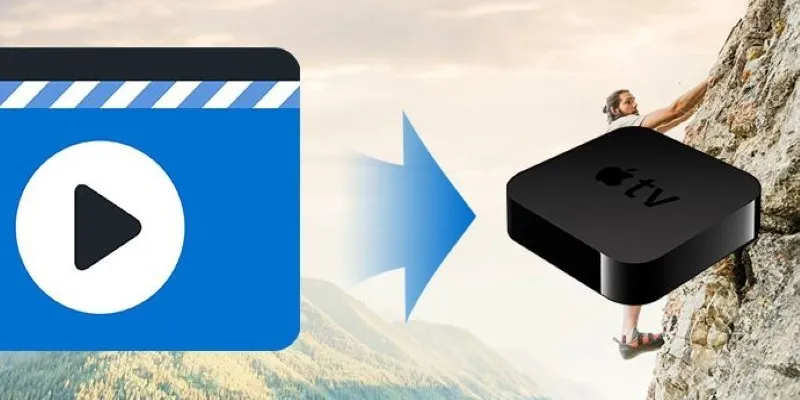
The Easiest Way to Convert Video to Apple TV: Free, Paid, and Online Options

Discover the Best Tools to Organize Your Music on Windows Today
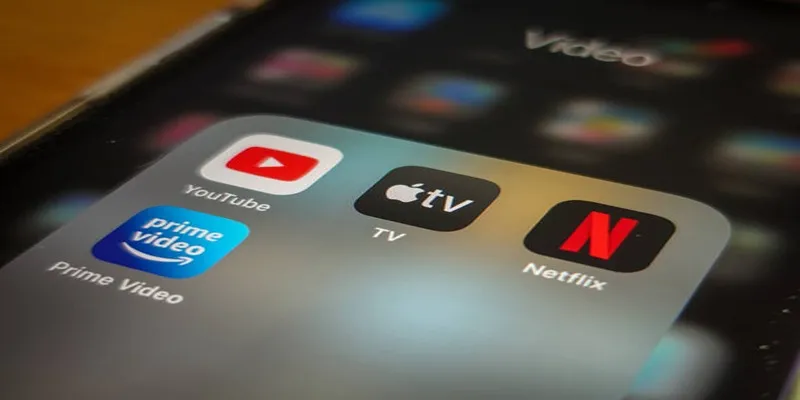
How to Turn On Subtitles on Apple TV Quickly

10 Best Meeting Scheduler Apps to Try in 2025
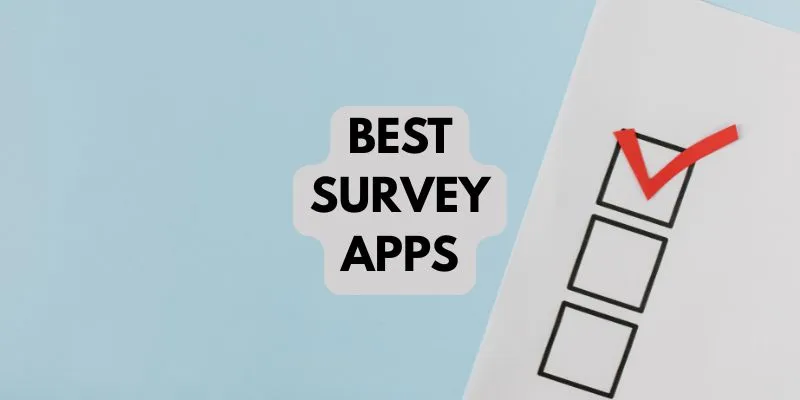
10 Best Survey Apps You Need To Try in 2025

8 Apps to Help You Focus and Block Distractions in 2025

Top 5 Apps to Add Music to Your Videos on Android Devices

6 Best Platforms to Watch Anime and Cartoons Without an Account

Best Methods to Add Music to Your Videos Quickly

Boost Your Workflow with the Best Productivity Apps for iPhone in 2025

The 8 Best To-Do List Apps for Android in 2025
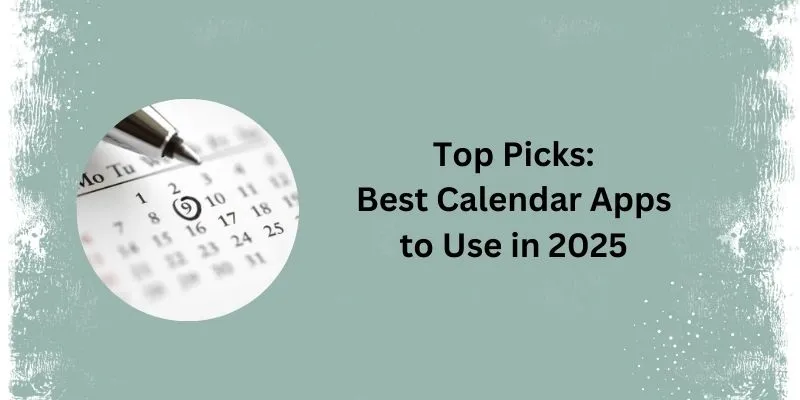
What Are the 5 Best Calendar Apps to Use in 2025?
Popular Articles

How to Colorize Photos with Palette AI: A Step-by-Step Guide For beginners

Easily Clip Videos with VLC Player – Your Step-by-Step Guide
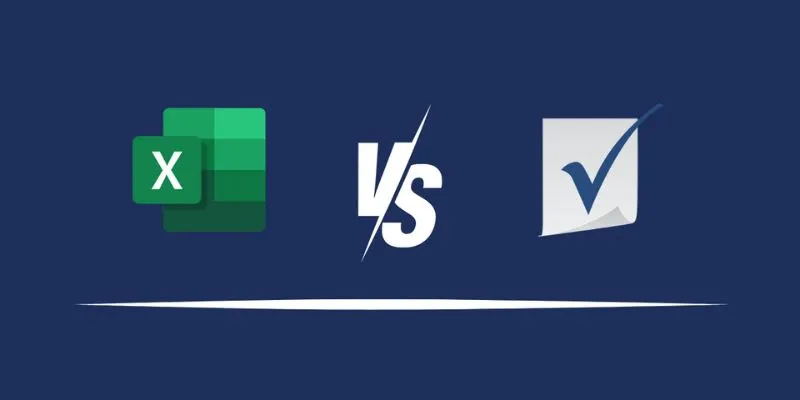
Excel or Smartsheet: Which is the Better Option for Project Management?
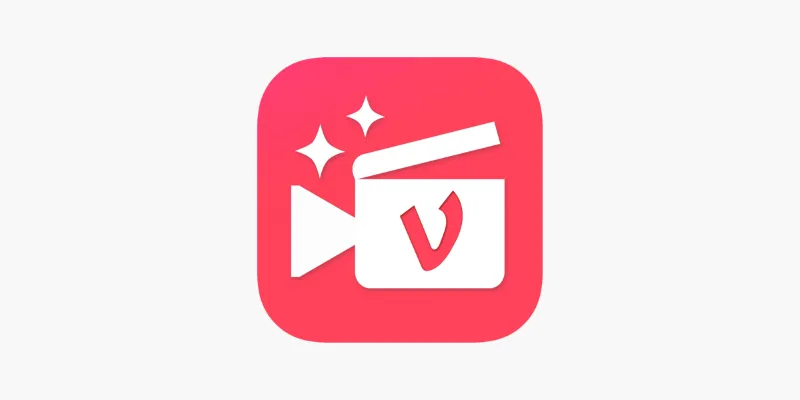
Vizmato 2025 Review: Video Editing That Feels Like Play

How to Add a Private Messaging System in WordPress: A Step-By-Step Guide

Top Tmux Wrapper Tools for Improved Terminal Management in 2025

10 Best MP4 Players for Windows in 2025 You Need to Try
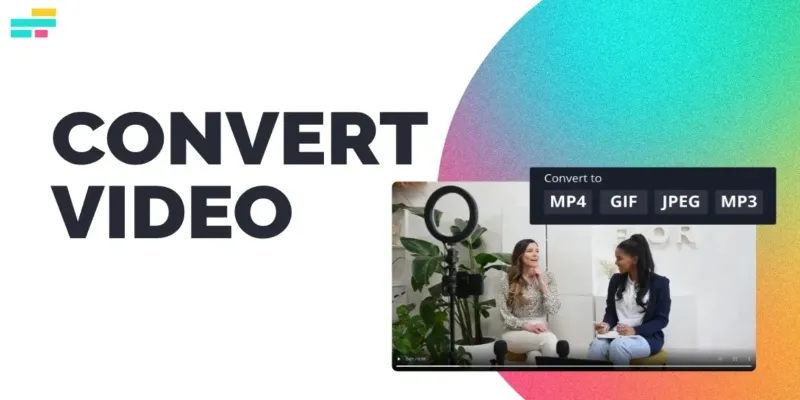
Real Reasons to Convert Video Files and Make Them Work Better
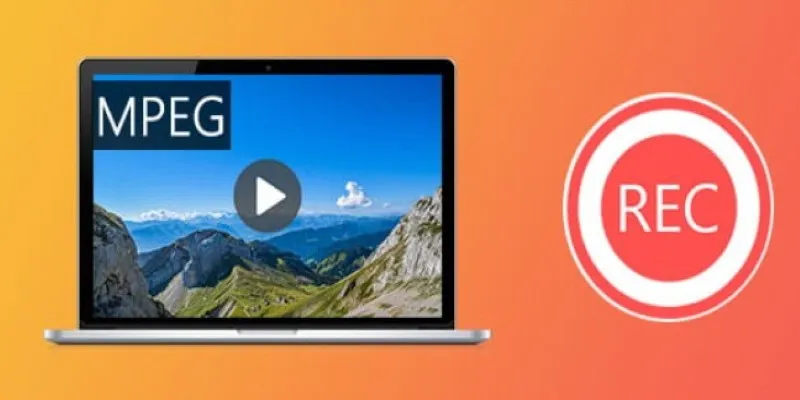
Top 8 MPEG Recorders for Computer Users – Simple and Reliable Choices
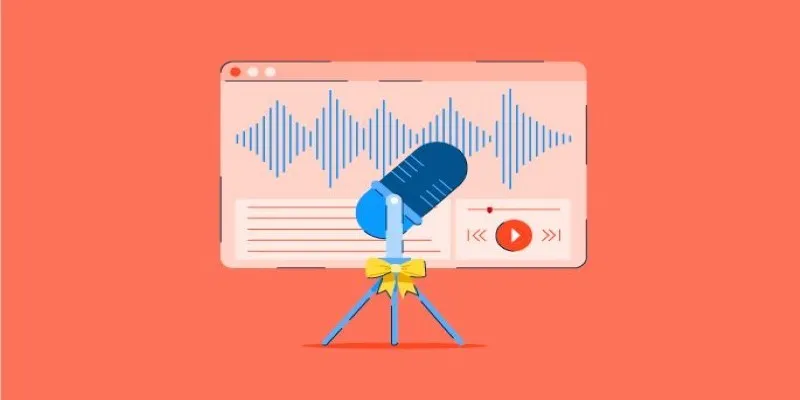
Tools That Power Audio Editing and Podcasting Workflows

Enhance Your Small Business with Affordable Document Management Software

 mww2
mww2